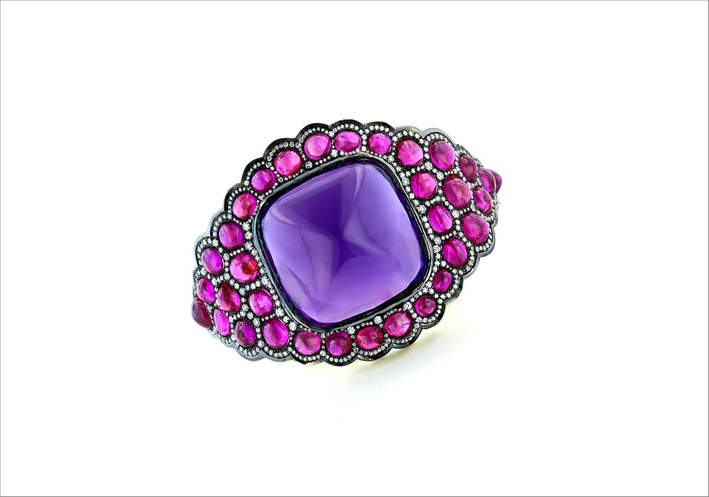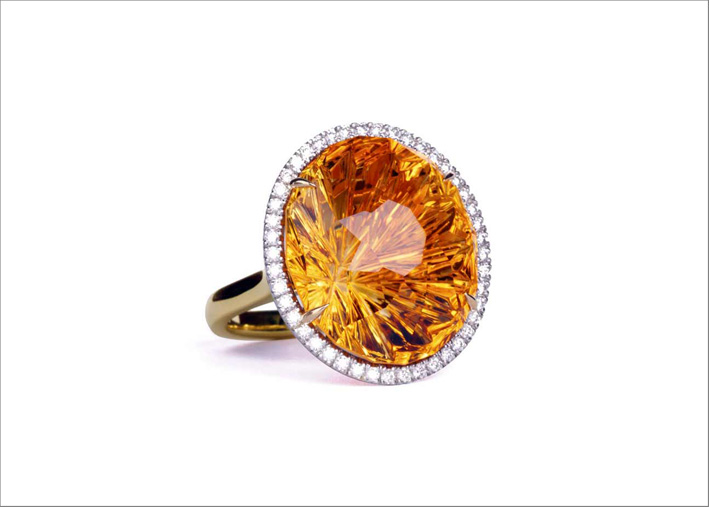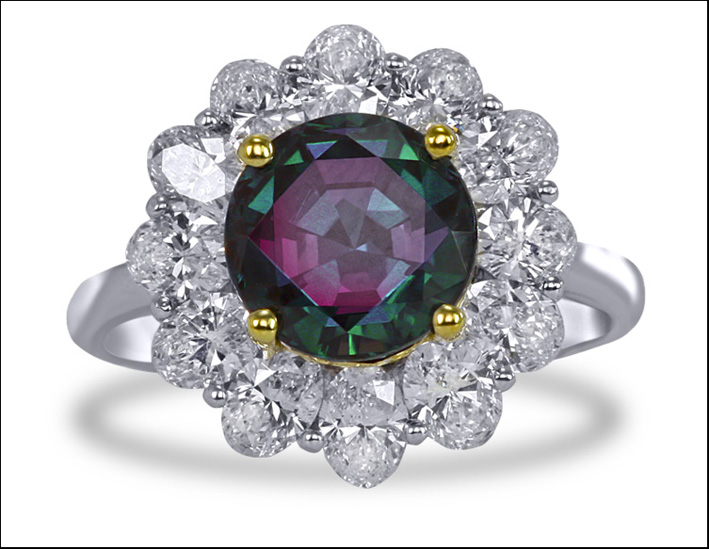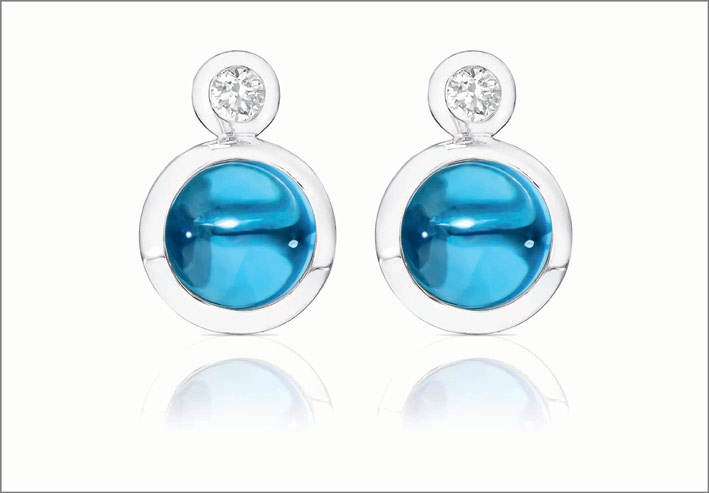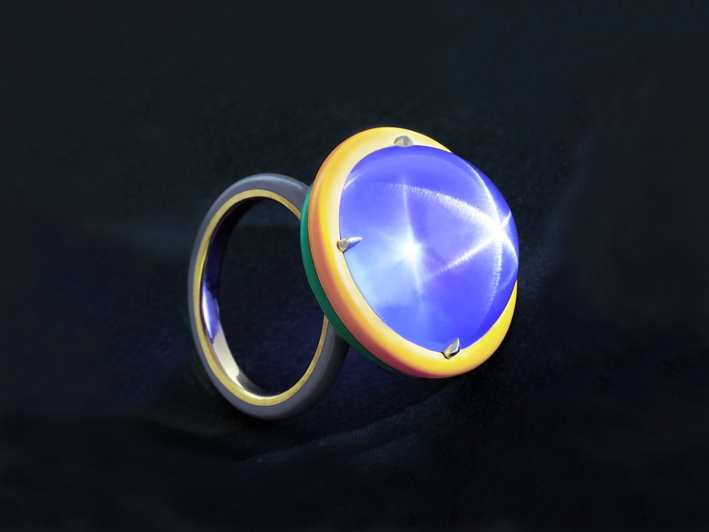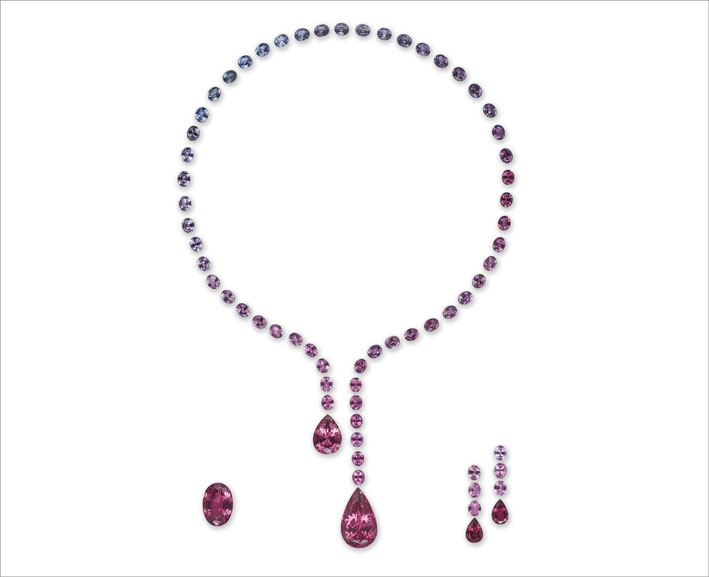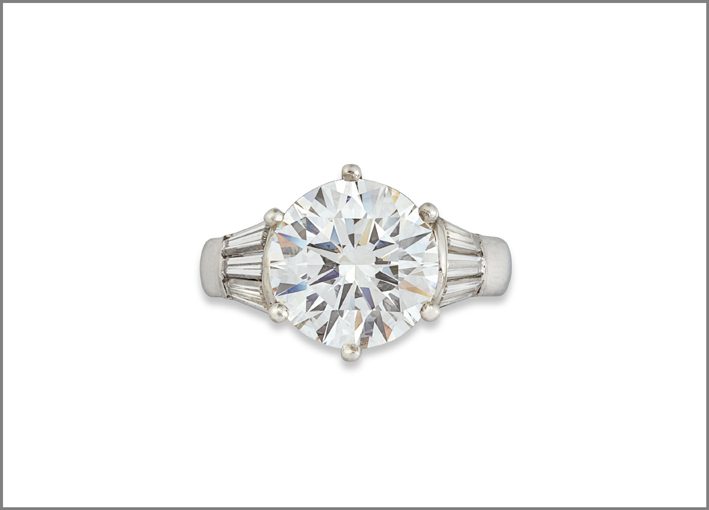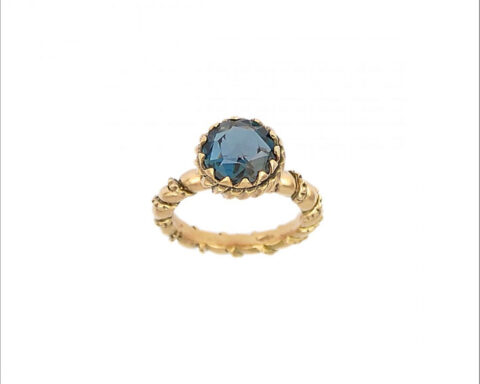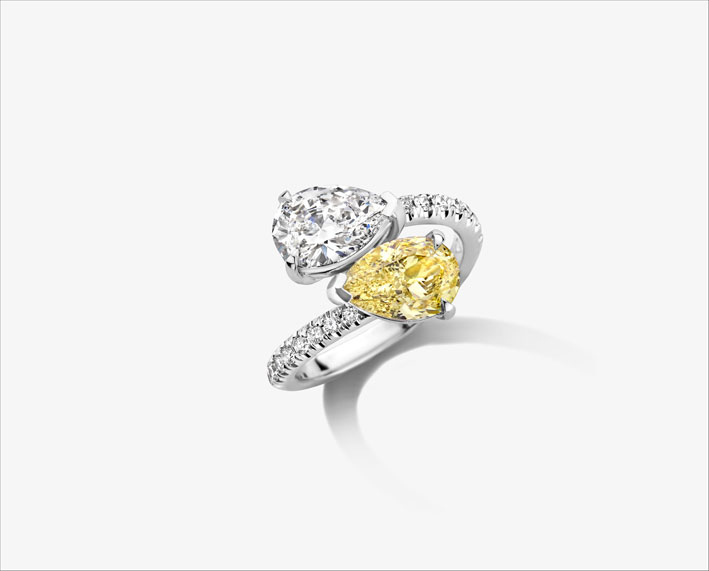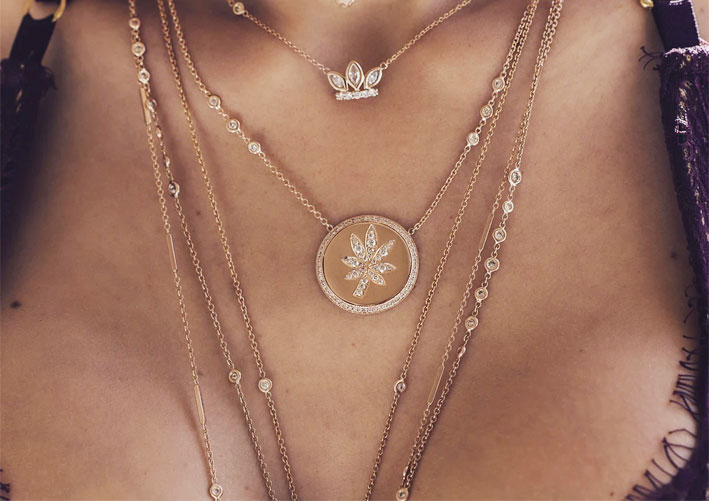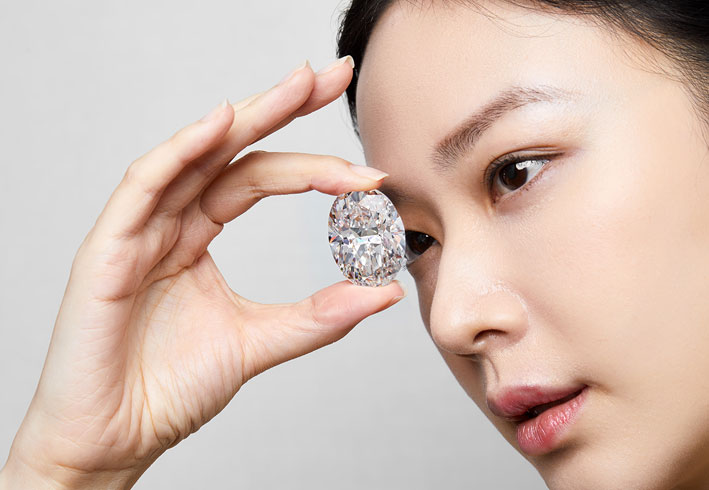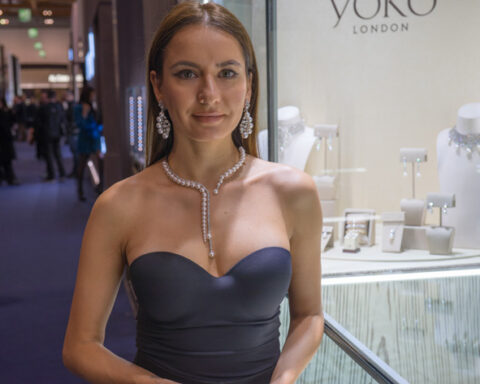How much are the stones in your jewels worth?
Raise your hand if you don’t have at least one jewel with colored gems and have never wondered how much that stone is really worth. Amethyst or ruby, emerald or citrine, sapphire or moonstone: there are not only diamonds. But how much are colored stones worth? How much is a ruby worth? Or an emerald? Or, again, aquamarine? If you want to know how much the gem you have set on the ring is worth, or in a necklace, earrings or bracelet, read here. We try to explain in a simple way what are the characteristics that determine the value of a colored stone.
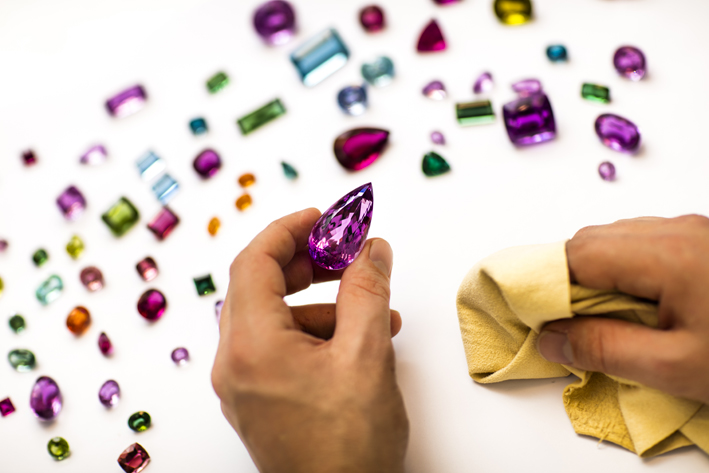
Of course, there is immediately a fairly obvious aspect: in general, the value is determined by how rare a gem is. A ruby, always in principle, has a higher value than a simple citrine quartz. But this is only a starting point. In fact, it is not said that in reality this is the case. Let’s see, instead, what are the criteria that guide the evaluation of a precious or semi-precious stone.
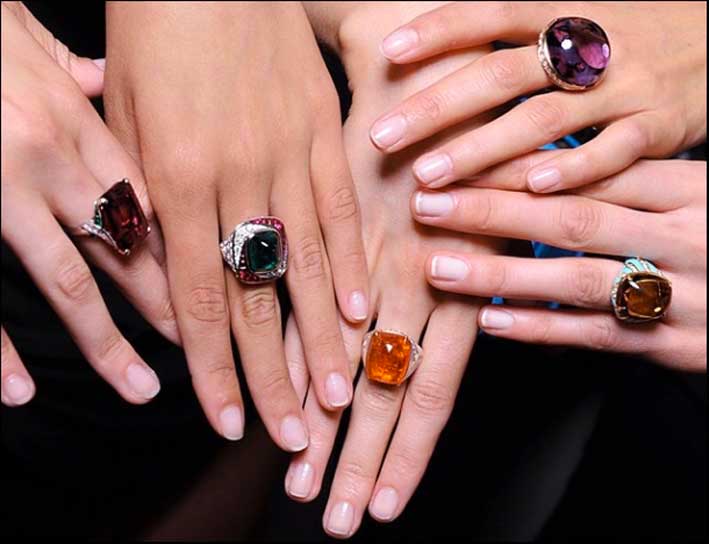
The starting point is that the value of a colored stone depends on several factors, not just one. Hence, the estimated price doesn’t just depend on the weight and volume of a stone. So, as we said, it is not even the type of stone that determines its absolute value. If you have a ring with a sapphire, it is likely to have a value greater than that of a moonstone. Probable, but certainly not. For example, diamonds are also used in industry, since they are the hardest material that exists. And, of course, the diamonds used to cut ceramic tiles are not of the same quality as those found in jewelry. This is to make it clear that the same type of mineral can have very different qualities.
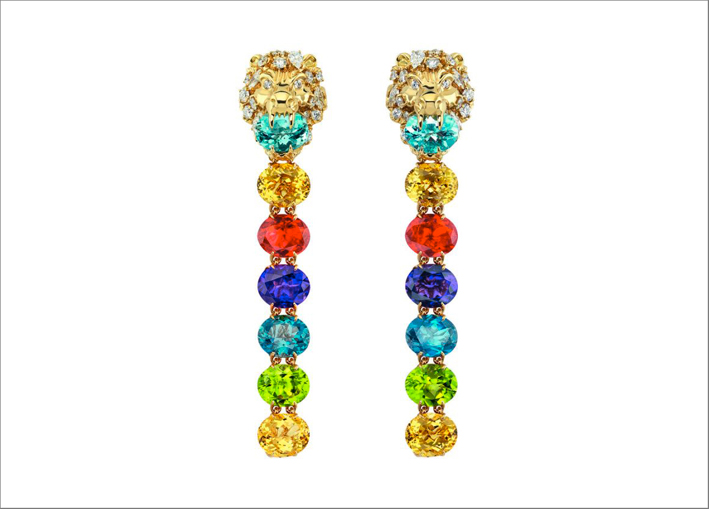
The 4C
As with diamonds, precious colored and semi-precious stones are also valued for the classic 4C: color, clarity, cut (in English cut) and carat weight (which also determines the size). But among these 4C the first is the most important: the color. Of course, let’s talk about colored stones.
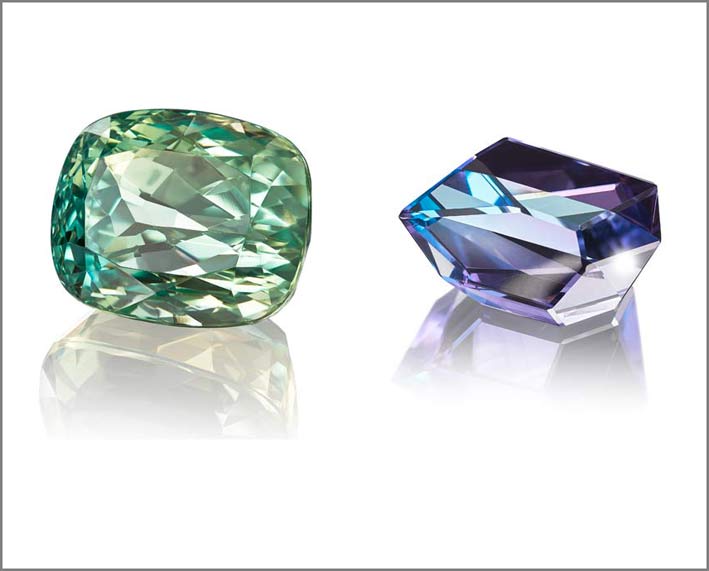
Color
For precious (emerald, ruby and sapphire) or semi-precious (all others) colored stones, the color is assessed with three different criteria: hue (name of color), tone (darkness and brightness) and saturation (vividness) . The relationship between hue, tone and saturation is the most important aspect for evaluating a colored stone. This is why emeralds (or rubies, sapphires, etc.) are not all the same. In general, when a gem has a more saturated color it will also be darker. To obtain a more saturated color, the stones are often subjected to particular processes: for example, they are subjected to intense heat, radiation, or treated with chemicals (not harmful). Natural stones, untreated, have a higher value, obviously with the same appearance and weight.
But if you want to observe what the exact color of your stone is, pay attention to the light source: a light bulb that illuminates with yellow hue, for example, can make your stone appear in a different shade than the natural one.

Clarity
Usually the stones, some in particular such as emerald, are not as clear as a glass crystal. Clarity measures the degree of internal or surface transparency. Inside the stones there may be inclusions, that is, small imperfections, traces of other minerals that can determine their value. Usually, the fewer inclusions there are, the more the gem has value. But, be careful: if they offer you an absolutely clear emerald, look at it with suspicion. It could be synthetic. In contrast, amethysts are generally free of inclusions. Other stones, on the other hand, are appreciated precisely for their inclusions: for example, the cat’s eye. Or the star sapphire, which has that particular reflection precisely because it has a rather rare inclusion.
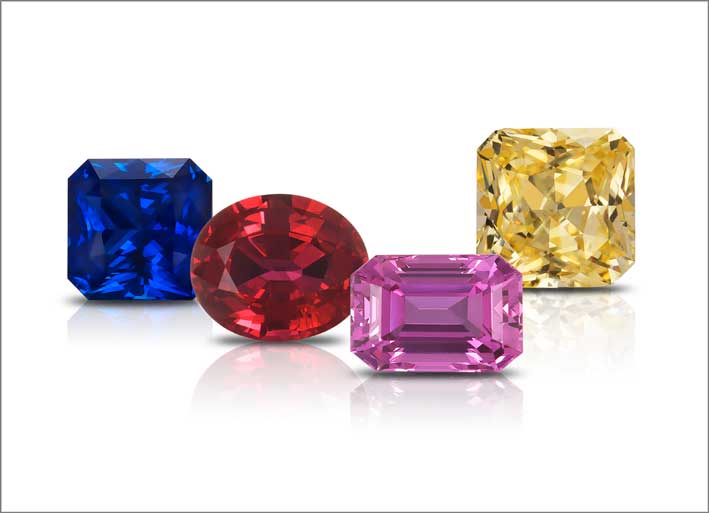
Carats (weight)
Size matters. Of course, the color is important, but if the gem is tiny … The weight of the colored stones is indicated in carats. Yes, but what is it equivalent to? Quickly said: a carat is about a fifth of an gram. A gem with higher carats will generally cost more than another smaller, if the quality is equivalent. But the proportion is very different: amethysts are also found in relevant sizes, even over 100 carats and, therefore, the difference between different sizes and weight is relative. Large rubies, on the other hand, are very rare: in proportion, their value with respect to weight will increase more than that of amethyst.
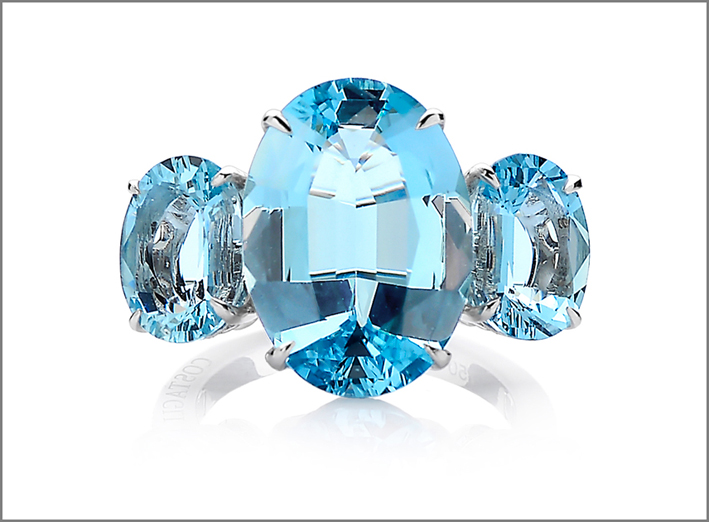
Cutting
It is not easy for anyone who is not a gemologist to judge whether the cutting of a stone is correct. But you have to know that in evaluating a gem it also matters how it was cut. The light, in fact, will be better reflected and will make a well cut stone brighter. Proportions, symmetry and polishing are the main aspects. On the price of a gem, however, its shape has less influence, if it is one of the classic cuts used, such as brilliant, emerald, shuttles, etc. A good cut can enhance the nuances of a colored gem. An imperfect cut can, on the contrary, depress its beauty. And do not think that the cut is a simple operation performed automatically: each stone is different from the other and a cut that is good for one may not be suitable for a similar one, but not the same.
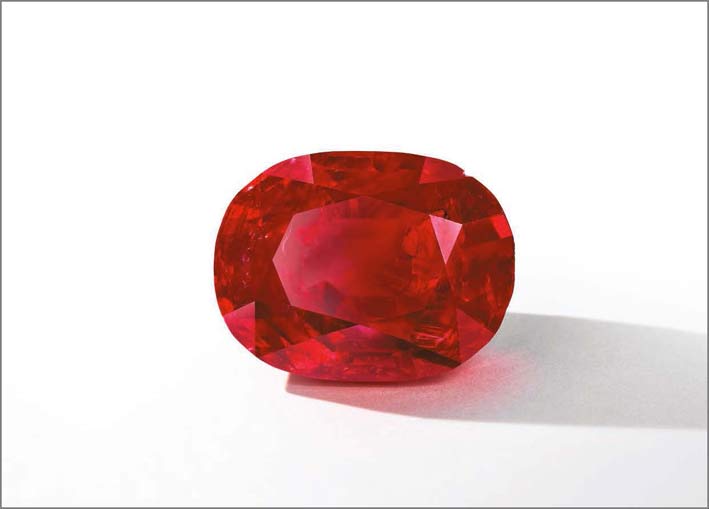
The country of origin
Last thing to consider: the stone passport matters. There are mines that have a better reputation and average quality than others. And, therefore, in evaluating the stones it is also important to know what the origin is. Burmese rubies are more valuable. The emeralds of Colombia are the most requested, followed by those of Zambia. The now unavailable blue sapphires of Kashmir are the most sought after.
